Mining
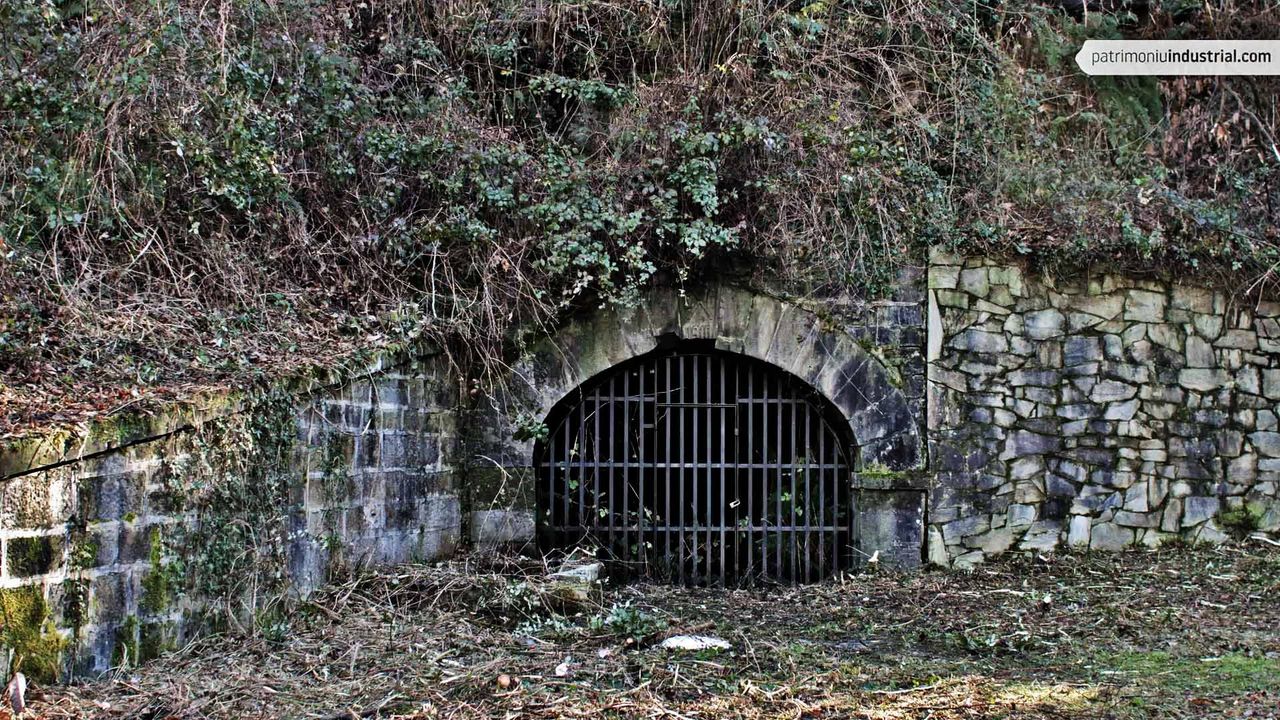
362088843
Santa Bárbara Adit
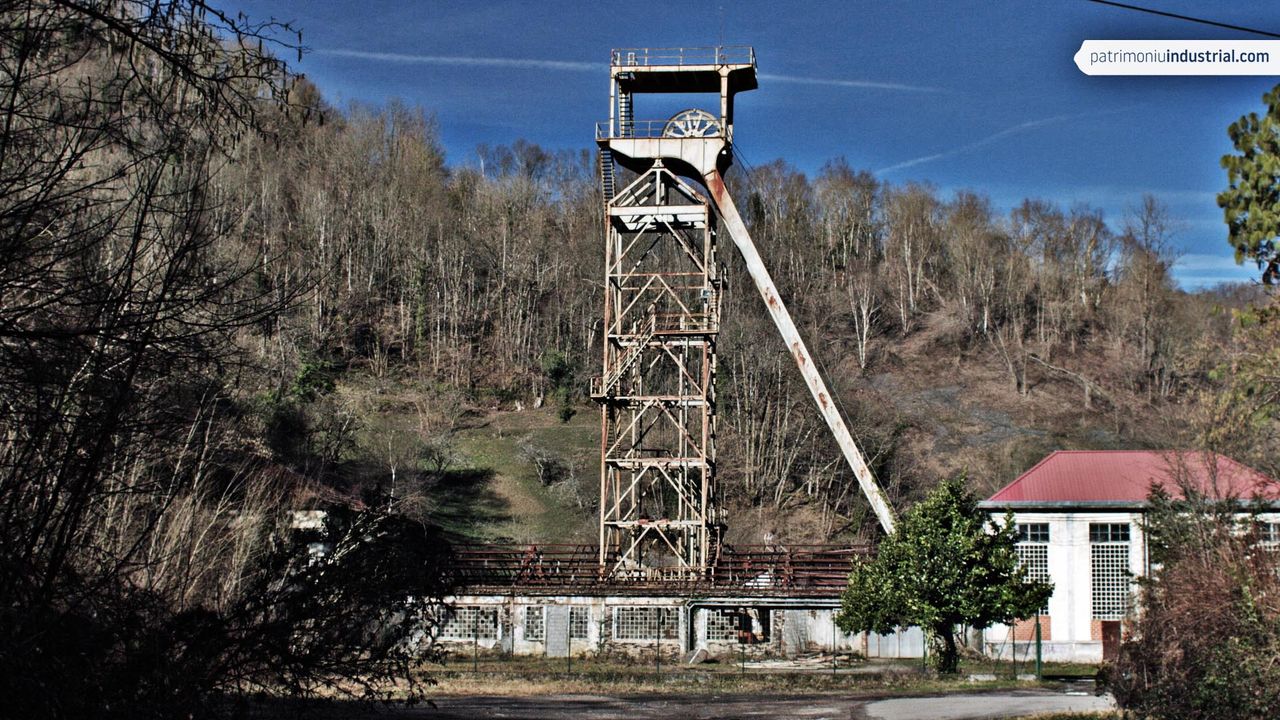
363042376
Cerezal Mine
The tributaries of the main rivers of the Cuenca Hullera Central generate small valleys in which the continuity of the coal deposit led to an early and intense exploitation of coal. The Santa Bárbara river, which joins the Nalón river in Sotrondio, is a good example, and its mining past is evidenced by railway trenches, pavilions, vertical shafts and mountain mine openings.
The mountains of San Mamés and Santa Bárbara are pierced by means of multiple mines. The Prau Molín and the Santa Bárbara mines are still fully visible and accessible today. As for the latter, a new vertical shaft was sunk in 1942 by SMDF (Sociedad Metalúrgica Duro Felguera) due to the depletion of the resources because of the mining operations.
However, unlike the mines developed in the 1920s, which were modern and electrified, the Santa Barbara one would be built and equipped as in the first phases of vertical mining. It has a headframe made of riveted metal sections, steam technology to extract the coal, and primitive compressors partially inherited from the mountain mines. The international isolation hindered the modernization, but the benefits of the domestic sale of coal in the autarkic context and the cheap workforce compensated the very low capital investment. Thus, in the immediate post-war period, the Duro company also sunk the San Mamés, Carrio, and María Luisa mines.
It was opened in 1944 and, in 1957, the extraction machinery was replaced by electric machinery. A new powerhouse was built and then the headframe was rotated so as not to paralyze the shaft activity. However, the need for a new headframe was soon revealed. It was built in 1962 by means of welding, and with an articulated system for the connection between the strut braces and the main tower. The Duro's system started in the María Luisa mine shaft in 1943.
The acquisition of Duro by HUNOSA in 1967 made it necessary to change the name of the shaft, since the Santa Bárbara de Turón mine was older and was more important. It was named Cerezal, a neighboring toponym, until its closure in 1988.

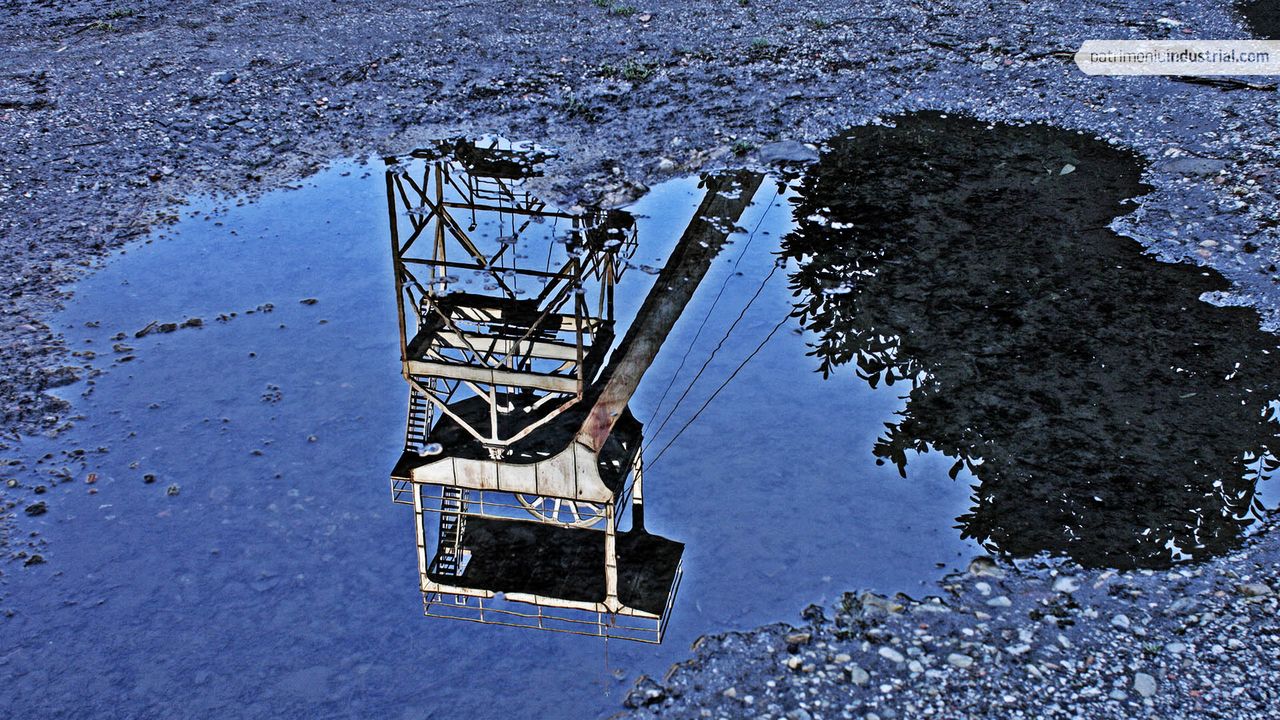
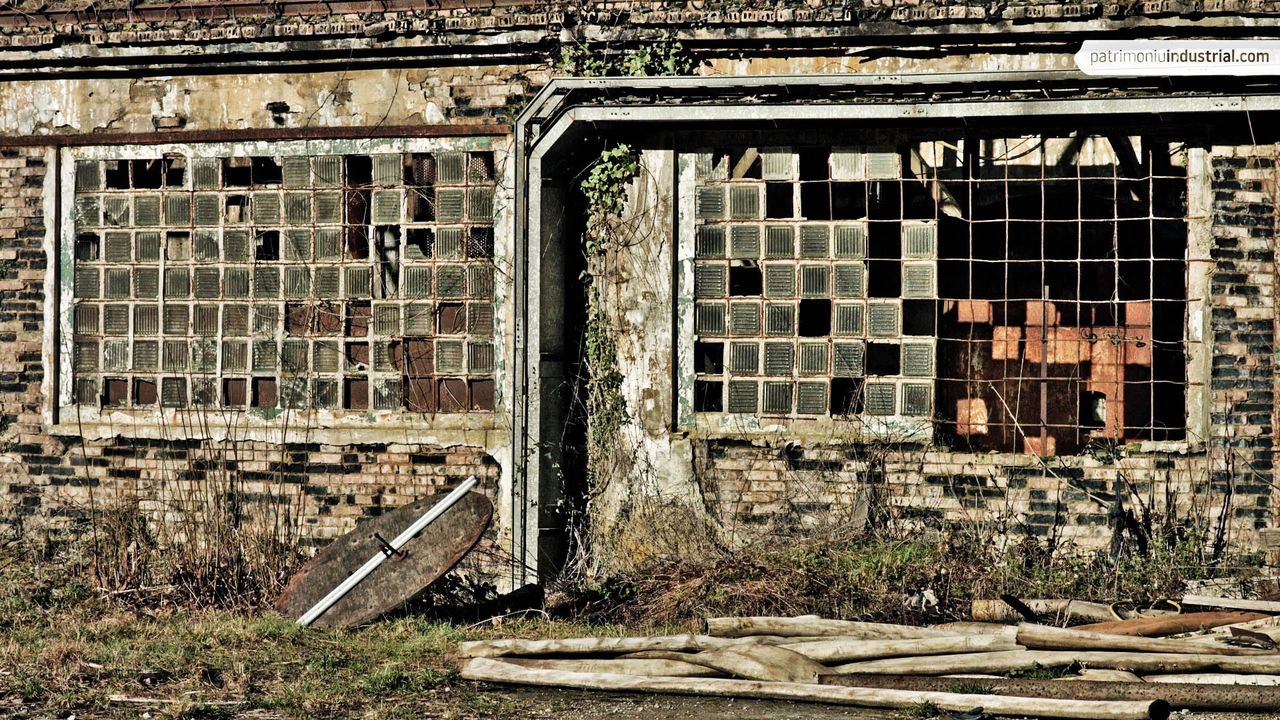
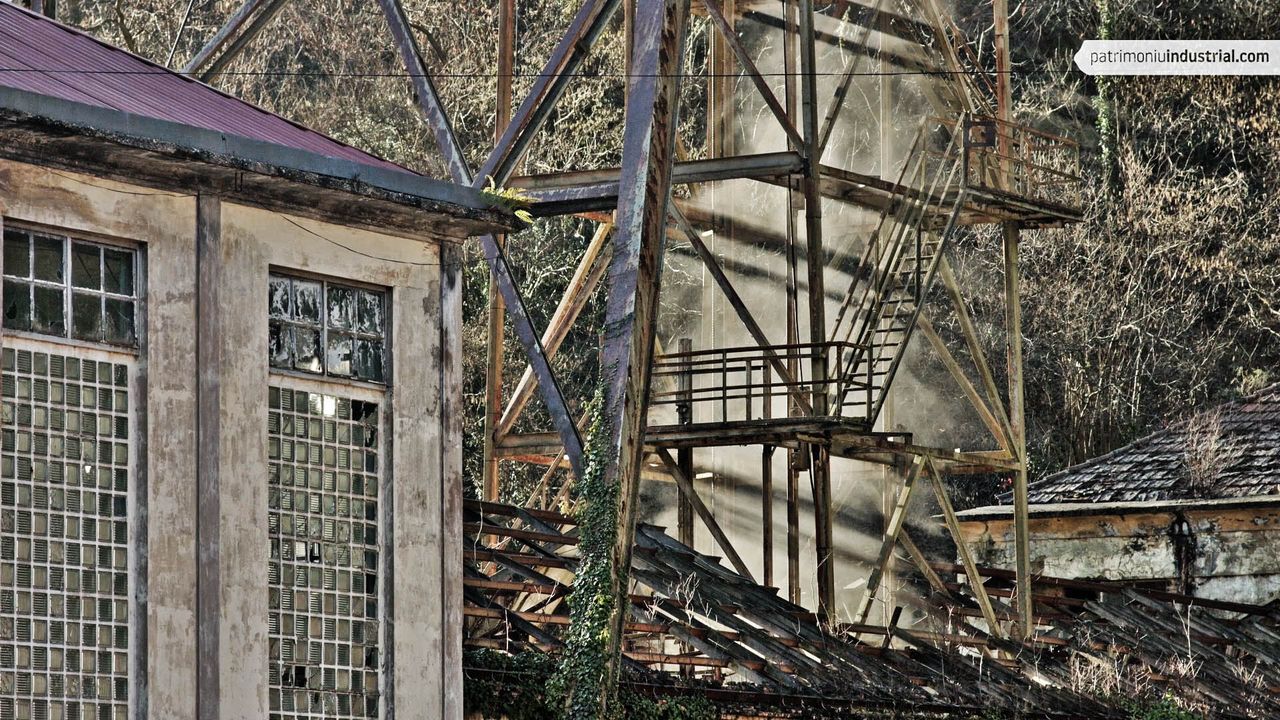
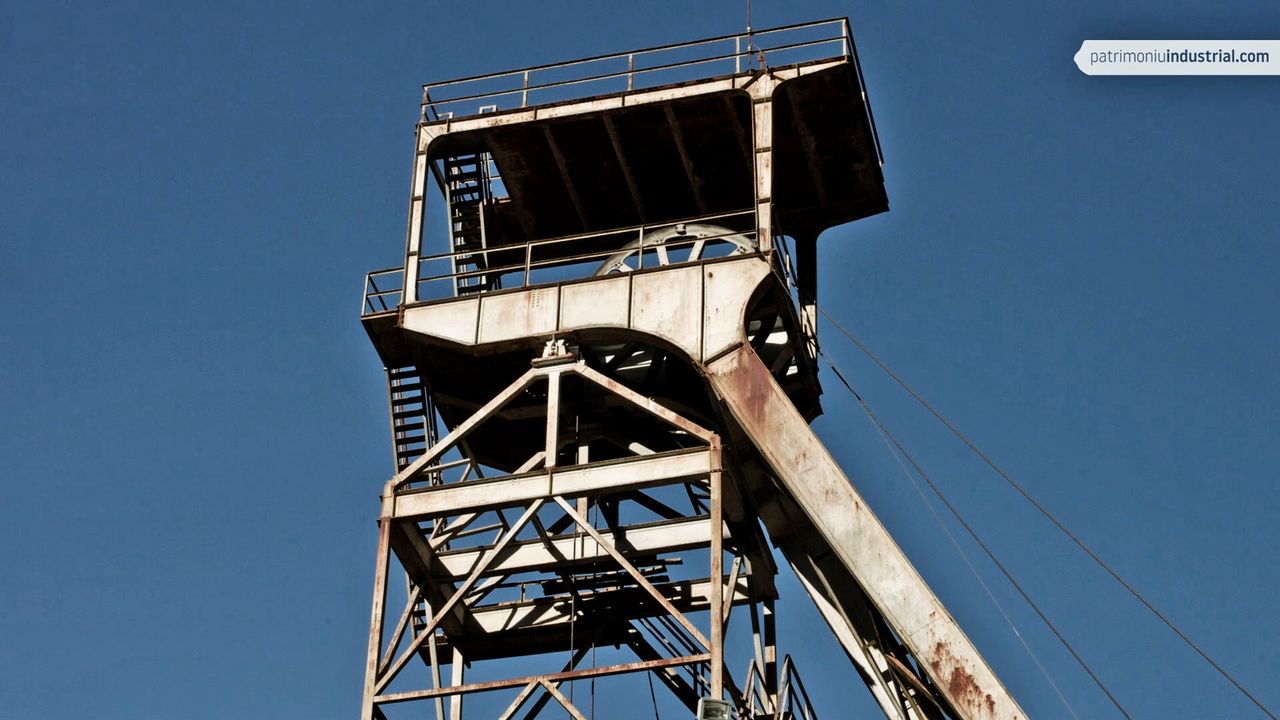
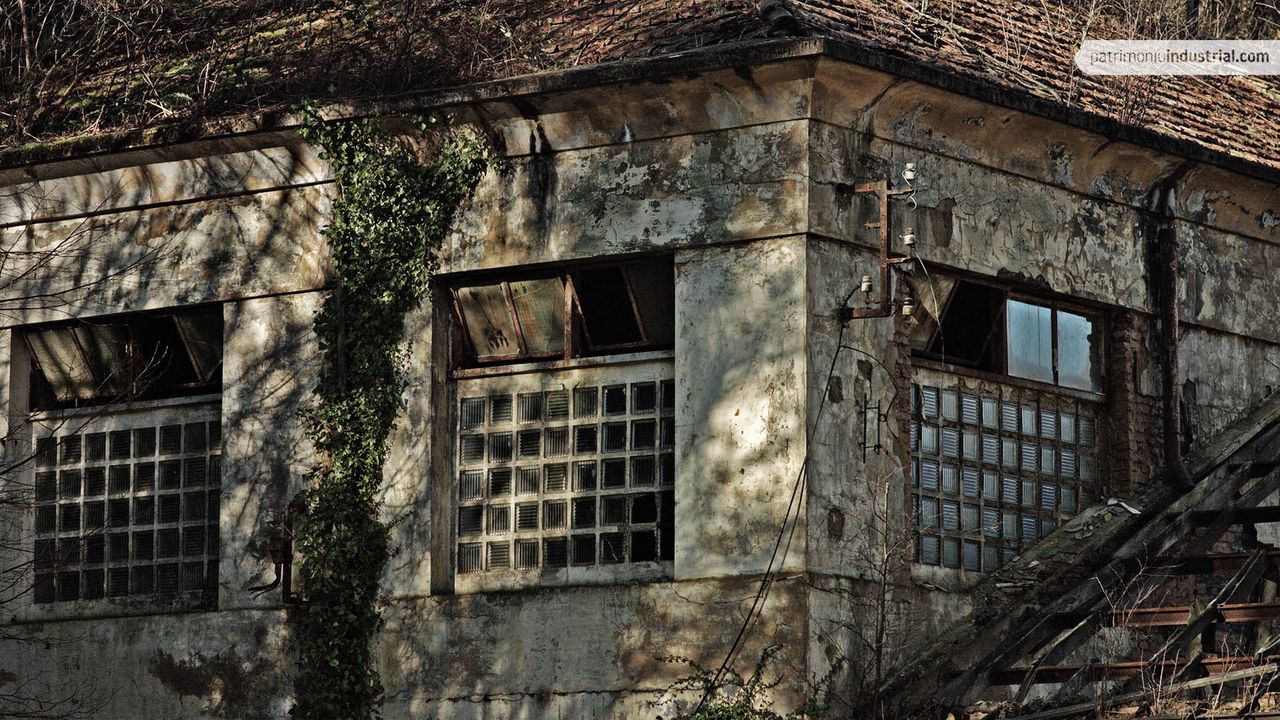
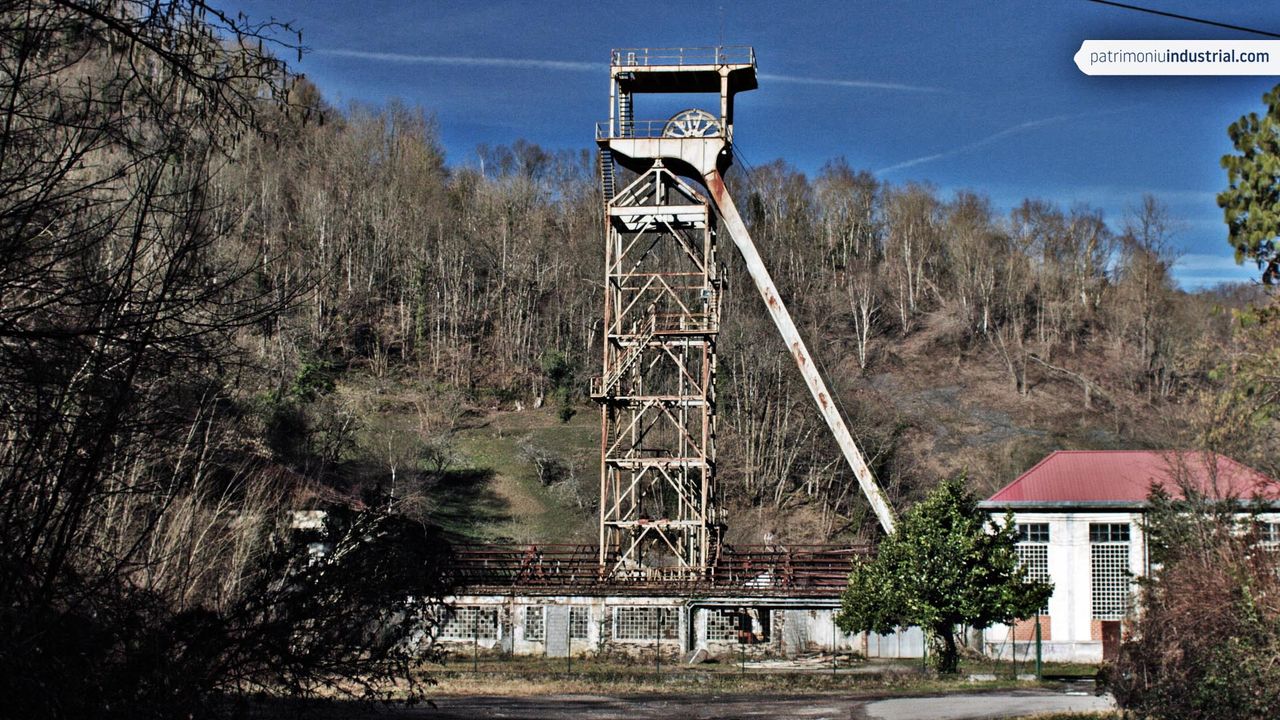
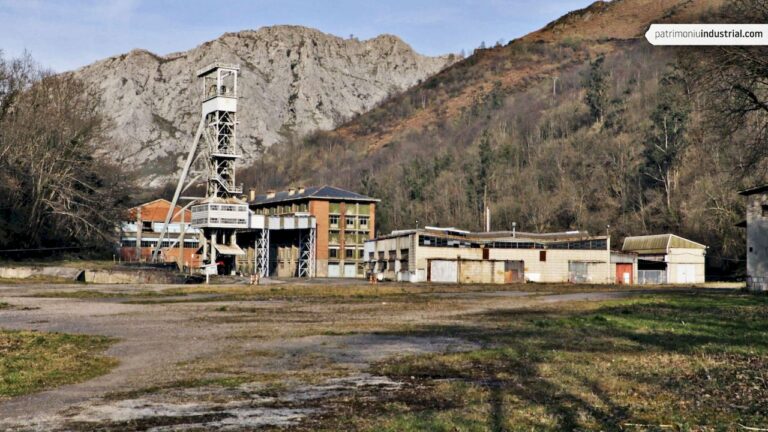
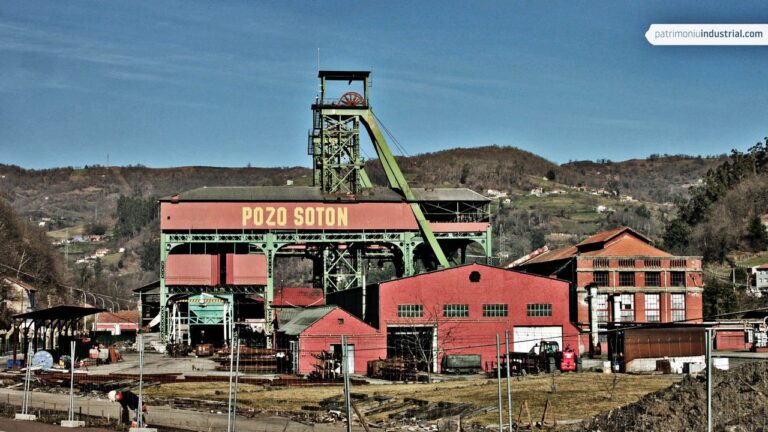
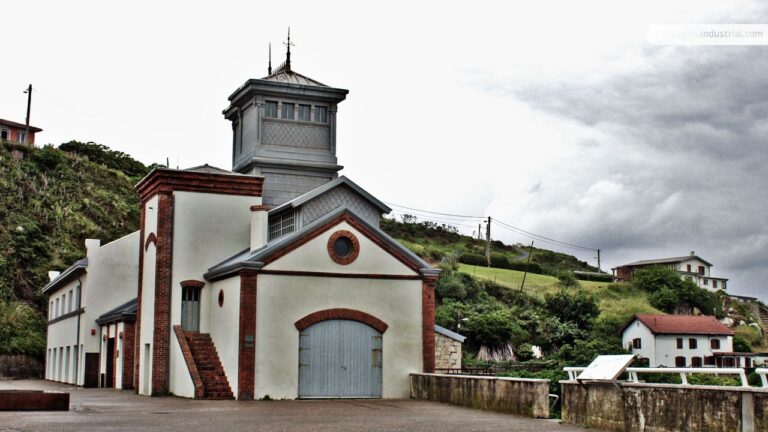

Recent Comments